
Chapter 29
Build This Modernist Copper Earring Set for only $4.95!!!
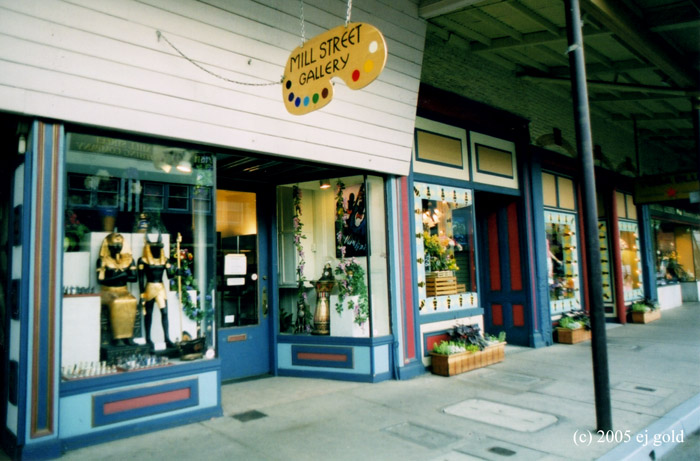
Our gallery on Mill Street in downtown Grass Valley featured life-sized Egyptian statues & jewelry.
Here is a simple design for a set of Modernist Copper Earrings. Modernism began back in the early 1930s, springing from the avant-garde schools that followed the post-impressionists and the postwar schools of art both in American and Europe in the 1940s and into the 1950s.
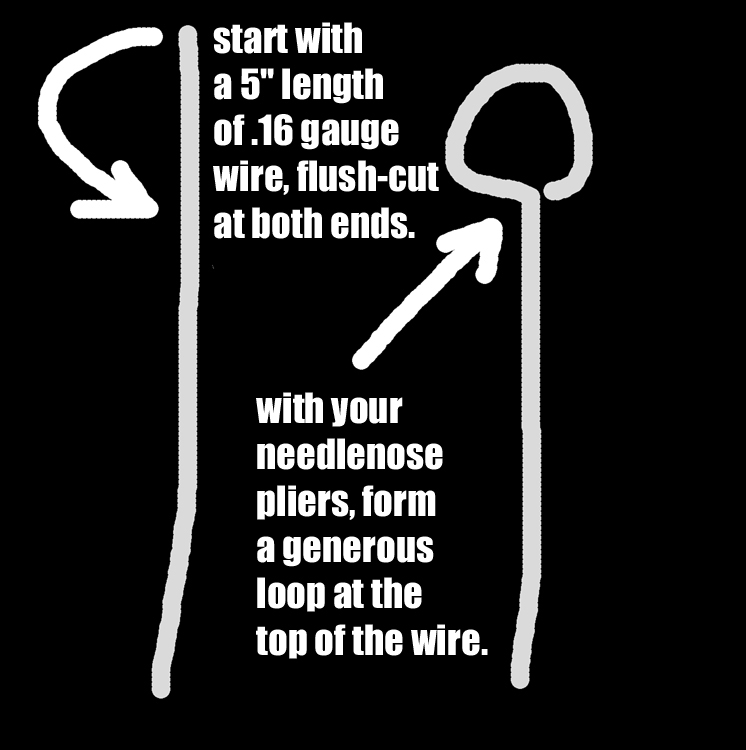
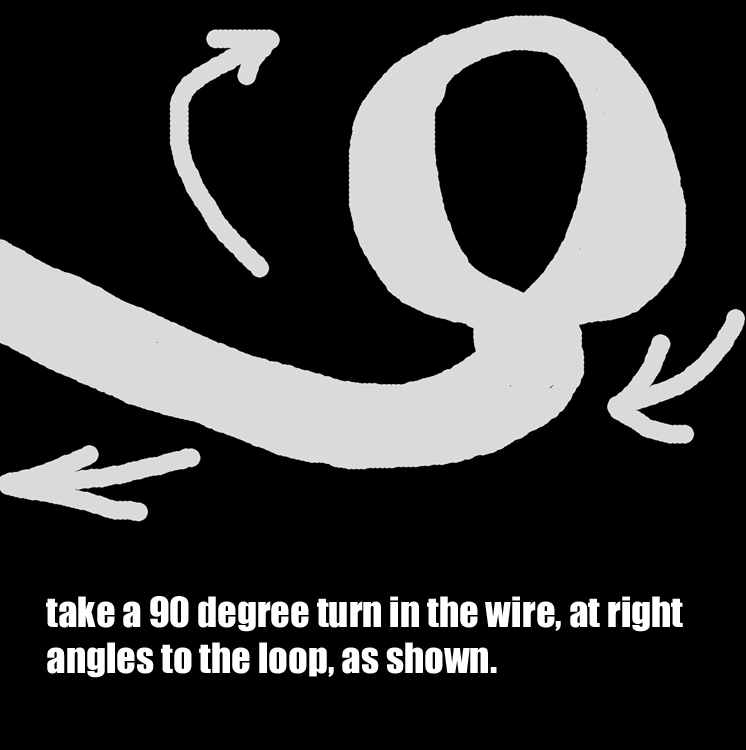
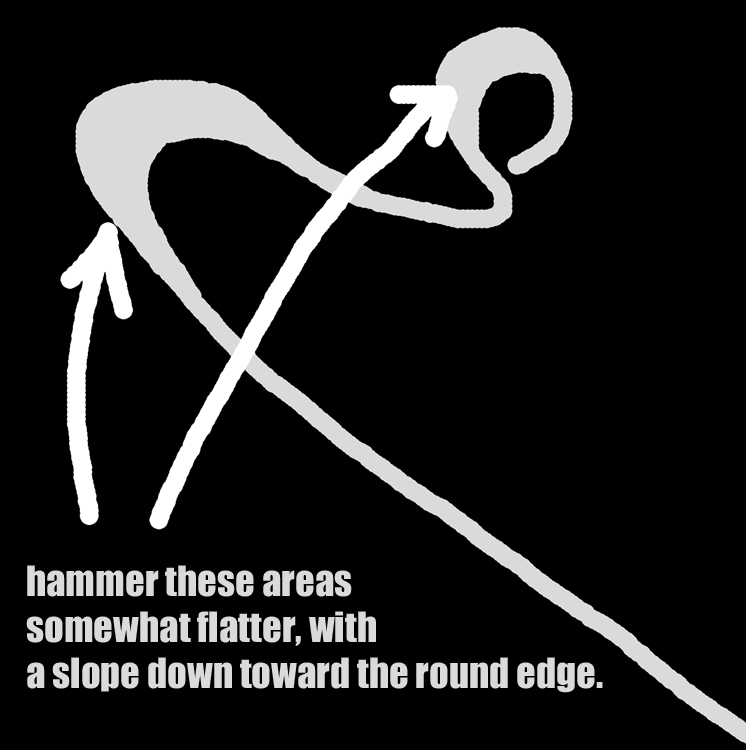
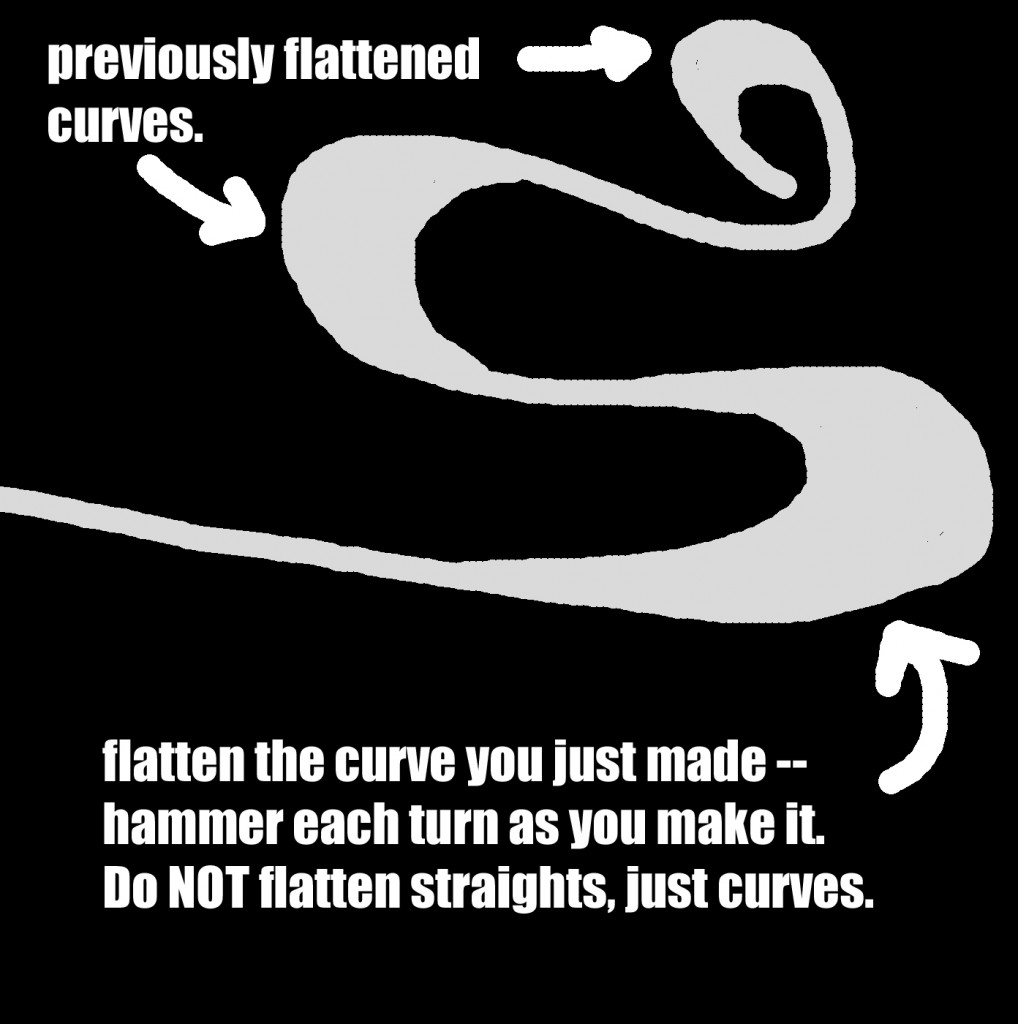
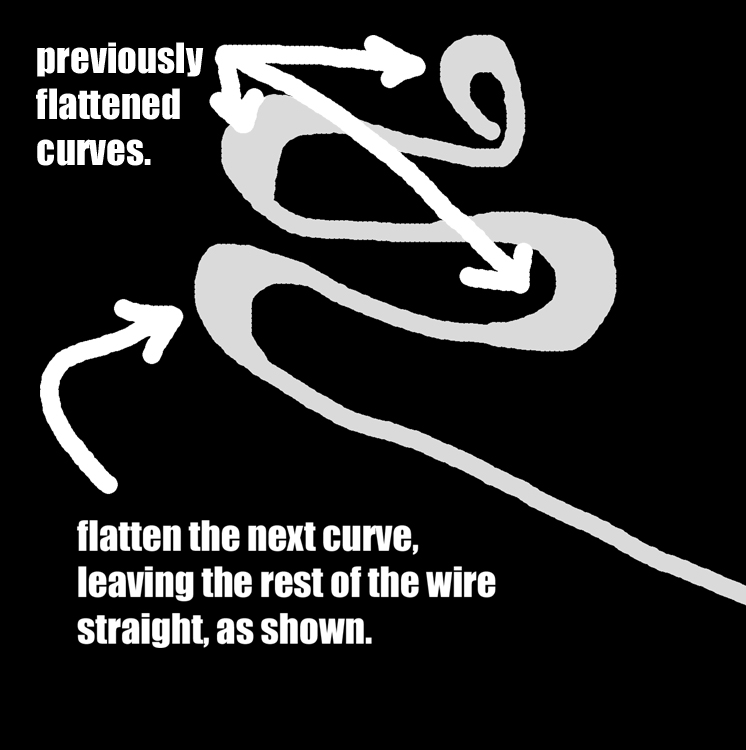
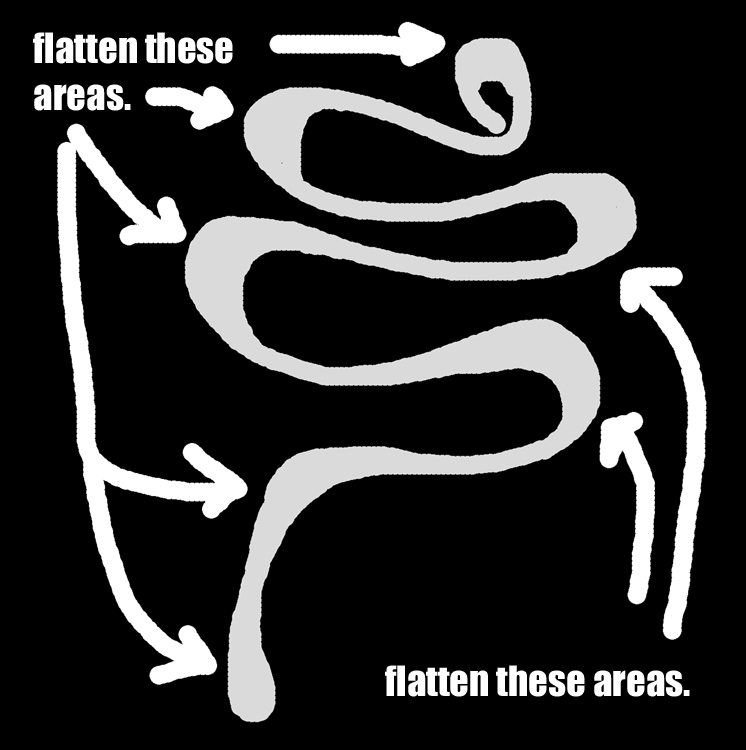
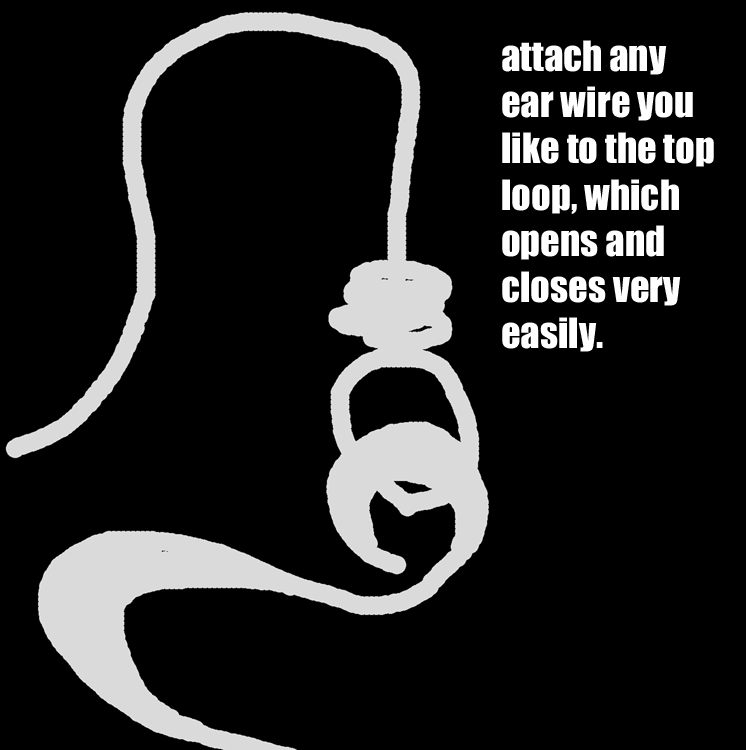
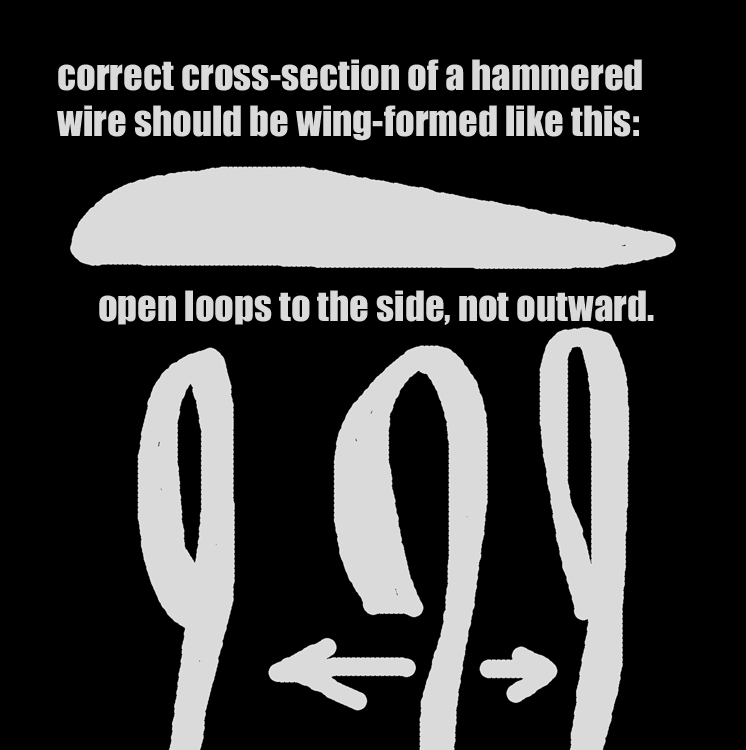
That's it, simple as that. There are advanced and very advanced designs, some of them very articulated and some with unusual twists, but the basic plan is, bend & hammer & polish & finish & learn. Your finished earrings can sell for up to $45 retail, or more if you have a reputation as a jeweler. Don't let the fact that they are made in copper fool you into thinking these are mere costume jewelry. Look on eBay and other sites to see the prices of copper jewelry by Ed Weiner and Art Smith, and be amazed. Metal has less to do with the price of a piece of fine-art, hand-artisaned jewelry, as any professional will tell you -- it's not the metal, it's the artist that makes the price.
PRICES:
Basic Modernist Earring Kit -- $9.95 retail
Basic Modernist Earring Kit -- $4.95 wholesale, 5 kits minimum order.
Basic Modernist Earring Instruction Board -- $39.95. Printed in color and mounted on a large foamcore board, this is designed to sit on tabletop or on a display easel in front of the class or behind the seller at a fair setup. All the instructions are on the board display, so you don't even have to read them out -- in fact, you can have a student read the instructions aloud, if your teaching style allows it.
I will be instructing throughout this coming weekend, so you will be able to set up a jewelry booth anywhere and anytime you wish.
Folks who live in India have been asking about beads. If you know what to look for, and how much to pay, you can get amazing quality ancient and antique beads in Delhi, at the Sadar Bazar.
If you really know your stuff and don't have to ask questions about the merchandise, you can do incredibly well at the Chandni Chowk, and you'll be right in the middle of the most incredible wholesale bazaar of all time, as well as fascinating historical architecture. I can't recommend specific dealers, because I have no idea who's going to have what you're looking for. Chandni Chowk was originally built as a series of lagoon-like pools which reflected the moonlight.
If you don't know how to buy beads, stay away from the marketplace, even eBay and etsy, because you will get ripped to shreds if you walk into the lion's den unprepared. Caveat Emptor, let the buyer beware! If you buy beads from dealers, you will soon learn who is genuine and who is a phony.
I typically will buy a few "test" bead strands to see how the dealer will treat me, then go back again if the transaction was good for both sides -- of course you should never take advantage of someone's good will and intentions. It's best to go into the bead buying with the idea in mind that you and the vendor are going to be business partners -- each brings something to the table. You bring money and a willingness to deal with the retail customer, always the worst customer in the world, anywhere you go.
The vendor goes to get the goods and bring them to the market, where you can access them, presumably at a fair price that will allow you to use the beads and make a reasonable profit for your labors, both making the jewelry and peddling ... pardon me ... selling it.
If you're doing this right, you'll not sell your jewelry for less than its worth.

